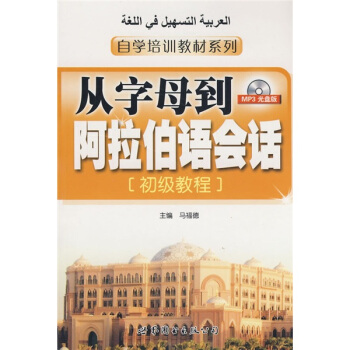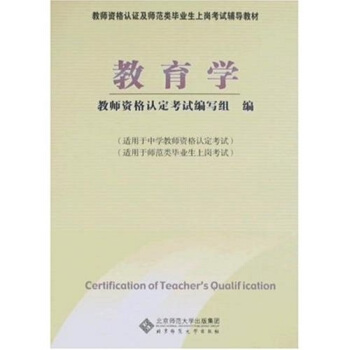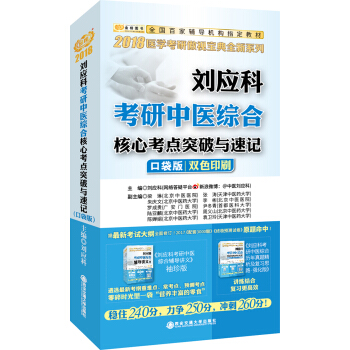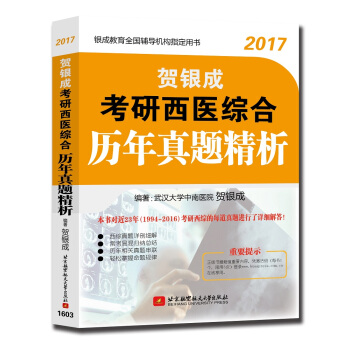具体描述
municipal public engineering 2018 exam review essentials This book is a comprehensive review guide specifically designed for candidates preparing for the 2018 Level 2 Constructor (Municipal Public Engineering) examination. It meticulously covers all essential knowledge points and exam-oriented content required for success in this highly competitive professional qualification. The content is structured to provide a clear, logical, and in-depth understanding of municipal public engineering principles, practices, and regulations. Scope and Content: The book is organized into key sections that mirror the examination syllabus and the practical aspects of municipal public engineering. Each section is further broken down into detailed sub-topics, ensuring that no critical area is overlooked. Part 1: Principles and Technologies of Municipal Engineering This section delves into the foundational principles and core technologies that underpin municipal public engineering projects. It covers: Urban Water Supply and Drainage Systems: Water Supply Engineering: This includes the design, construction, and operation of urban water supply networks. Topics such as water sources, water treatment processes (coagulation, sedimentation, filtration, disinfection), pipe network design (hydraulic calculations, pressure zones, surge control), and the selection of materials for water supply pipes are thoroughly explained. The book emphasizes the importance of water quality standards and methods for ensuring public health. Wastewater Engineering: This part focuses on the collection and treatment of urban wastewater. It details the design of sewage collection systems (gravity flow, pumping stations, pipe sizing), and various wastewater treatment technologies, including preliminary treatment (screening, grit removal), primary treatment (sedimentation), secondary treatment (activated sludge, trickling filters, oxidation ditches), and advanced treatment processes. The environmental impact of wastewater discharge and the principles of effluent standards are also discussed. Stormwater Drainage Engineering: This section addresses the design and management of urban stormwater drainage systems. It covers rainfall-runoff analysis, the design of open channels and culverts, the selection of drainage materials, and the principles of flood control. The integration of green infrastructure and sustainable drainage systems (SuDS) is also highlighted. Urban Road Engineering: Roadway Design: This covers the geometric design of urban roads, including horizontal and vertical alignment, cross-section design (lanes, shoulders, sidewalks, medians), and intersection design (roundabouts, signalized intersections). Principles of traffic flow analysis and capacity are integrated into the design process. Pavement Engineering: This section focuses on the design, construction, and maintenance of road pavements. It explains different pavement types (asphalt concrete, Portland cement concrete), material properties, layer design, construction methods, and quality control. The book also addresses pavement distresses and rehabilitation techniques. Traffic Engineering: This part covers the principles of traffic management, including traffic signal control, signage, road markings, and traffic calming measures. The objective is to improve traffic flow, enhance safety, and optimize the use of urban road networks. Urban Solid Waste Management: Waste Generation and Characterization: This includes understanding the sources, types, and quantities of municipal solid waste generated in urban areas. Waste Collection and Transportation: The book details the design of collection systems, selection of collection equipment, route optimization, and the management of waste transfer stations. Waste Treatment and Disposal: This covers various treatment methods such as incineration, composting, anaerobic digestion, and landfilling. Emphasis is placed on environmentally sound disposal practices, leachate management, and landfill gas recovery. Urban Greening and Public Spaces: Park and Green Space Design: This section addresses the principles of designing urban parks, green corridors, and other public open spaces. It covers landscape planning, planting design, material selection, and the creation of functional and aesthetically pleasing environments. Street Furniture and Amenities: The selection and placement of street furniture, lighting, and other amenities that contribute to the usability and attractiveness of public spaces are discussed. Part 2: Construction Management and Practices This section focuses on the managerial and practical aspects of municipal public engineering construction projects. Project Planning and Organization: Project Initiation and Feasibility Studies: Understanding the initial stages of a project, including needs assessment, site investigation, and preliminary cost estimation. Project Scheduling and Resource Allocation: Techniques for developing project schedules (e.g., Gantt charts, critical path method) and allocating labor, equipment, and materials effectively. Contract Management: This includes understanding different types of construction contracts, contract clauses, bidding processes, and contract administration. Key aspects such as tendering, award, and contract modifications are covered. Construction Organization and Management: Site Organization and Layout: Planning and establishing efficient site facilities, safety zones, and material storage areas. Quality Control and Assurance: Implementing systems and procedures to ensure that construction work meets specified quality standards. This includes material testing, inspection, and documentation. Safety Management: This is a critical component, covering hazard identification, risk assessment, safety regulations, accident prevention, emergency preparedness, and the establishment of a safety culture on construction sites. Cost Control and Management: Monitoring project costs, managing variations, and implementing measures to control expenses and ensure profitability. Procurement and Supply Chain Management: Managing the acquisition of materials, equipment, and services from external suppliers. Construction Technology and Methods: Earthwork and Foundation Construction: Techniques for excavation, soil compaction, and the construction of various types of foundations for municipal structures. Concrete Works: Principles of concrete mix design, formwork, reinforcement, concrete placement, curing, and quality control. Structural Steel Construction: Fabrication, erection, and connection of structural steel elements. Piping and Mechanical Systems Installation: Installation of various piping systems (water, wastewater, gas), pumps, valves, and other mechanical equipment. Electrical and Instrumentation Systems Installation: Installation of electrical power systems, lighting, control systems, and instrumentation for municipal facilities. Part 3: Laws, Regulations, and Standards This section provides essential knowledge of the legal framework and technical standards governing municipal public engineering. Relevant Laws and Regulations: Construction Law: This includes laws related to contract administration, labor, safety, and environmental protection. Urban Planning and Development Laws: Understanding the legal basis for urban development and infrastructure projects. Environmental Protection Laws: Regulations pertaining to pollution control, waste management, and environmental impact assessments. Safety Regulations: National and local safety standards applicable to construction sites. Technical Standards and Codes: National and Industry Standards: Familiarity with key national standards and industry codes of practice relevant to municipal public engineering design and construction (e.g., standards for water supply, drainage, roads, waste management). Building Codes and Regulations: Understanding the requirements of relevant building codes and local regulations. Part 4: Case Studies and Exam Practice To consolidate learning and prepare candidates for the exam format, this section includes: Illustrative Case Studies: Real-world examples of municipal public engineering projects are analyzed to demonstrate the application of theoretical knowledge in practice. Practice Questions and Mock Exams: A comprehensive set of practice questions, covering all sections of the book, is provided. These questions are designed to simulate the difficulty and format of the actual examination, allowing candidates to assess their understanding and identify areas for further review. Detailed Explanations: Solutions to practice questions are accompanied by detailed explanations, clarifying the reasoning behind the correct answers and reinforcing key concepts. Key Features of the Book: Exam-Oriented Approach: The content is meticulously aligned with the examination syllabus, focusing on high-frequency topics and potential exam questions. Clear and Concise Language: Complex technical concepts are explained in an accessible and easy-to-understand manner. Structured Layout: The book is organized logically, with clear headings, subheadings, and bullet points to facilitate learning and retention. Visual Aids: Diagrams, charts, and illustrations are used to enhance understanding and visualize technical processes. Up-to-Date Information: The content reflects the latest industry practices, regulations, and technological advancements relevant to the 2018 examination. This comprehensive review guide serves as an indispensable resource for any aspiring Level 2 Constructor specializing in Municipal Public Engineering, equipping them with the knowledge and confidence needed to excel in their professional qualification examination.






















